Your Wallet-Friendly Guide to a Seriously Healthy Pantry (No Hype Allowed)
I’ve spent a long, long time talking with people about food—in kitchens, community centers, you name it. And the one thing that comes up constantly is money. There’s this huge misconception that eating well is a luxury, something that’s just out of reach unless you’re dropping serious cash on trendy powders and exotic berries you can’t even pronounce.
In this article
- First, Let’s Talk Value: Nutrient Density is Your Secret Weapon
- The Unsung Heroes: Your Flavor Toolkit and the Frozen Aisle
- The Foundational Five: Your Pantry Power Players
- 1. Legumes (Beans, Lentils, Chickpeas): The Protein Powerhouse
- 2. Whole Grains (Oats, Brown Rice, Buckwheat): The Energy Foundation
- 3. Root Vegetables (Carrots, Potatoes, Onions, Beets): Underground Gold
- 4. Cruciferous Veggies (Cabbage, Broccoli, Kale): The Protective Powerhouses
- 5. Eggs: The Complete Package
- The First-Timer’s $50 Shopping List
- Putting It All Together: The Magic of Component Cooking
- Final Thoughts: It’s About Skill, Not Spending
- Inspirational Gallery
Honestly, that’s just not true. The wellness industry has gotten really good at making things seem complicated and expensive. But I’m here to cut through that noise. True, lasting health is built on a foundation of simple, affordable, and powerful foods that have been around forever.
So, we’re going to skip the fads. This guide is all about the real workhorses of a healthy kitchen—the foods that are cheap, versatile, and packed with everything you need to feel fantastic.
First, Let’s Talk Value: Nutrient Density is Your Secret Weapon
Before we even get to the shopping list, you need to wrap your head around one key idea: nutrient density. It sounds technical, but it’s simple. It’s about getting the most nutritional bang for your buck.
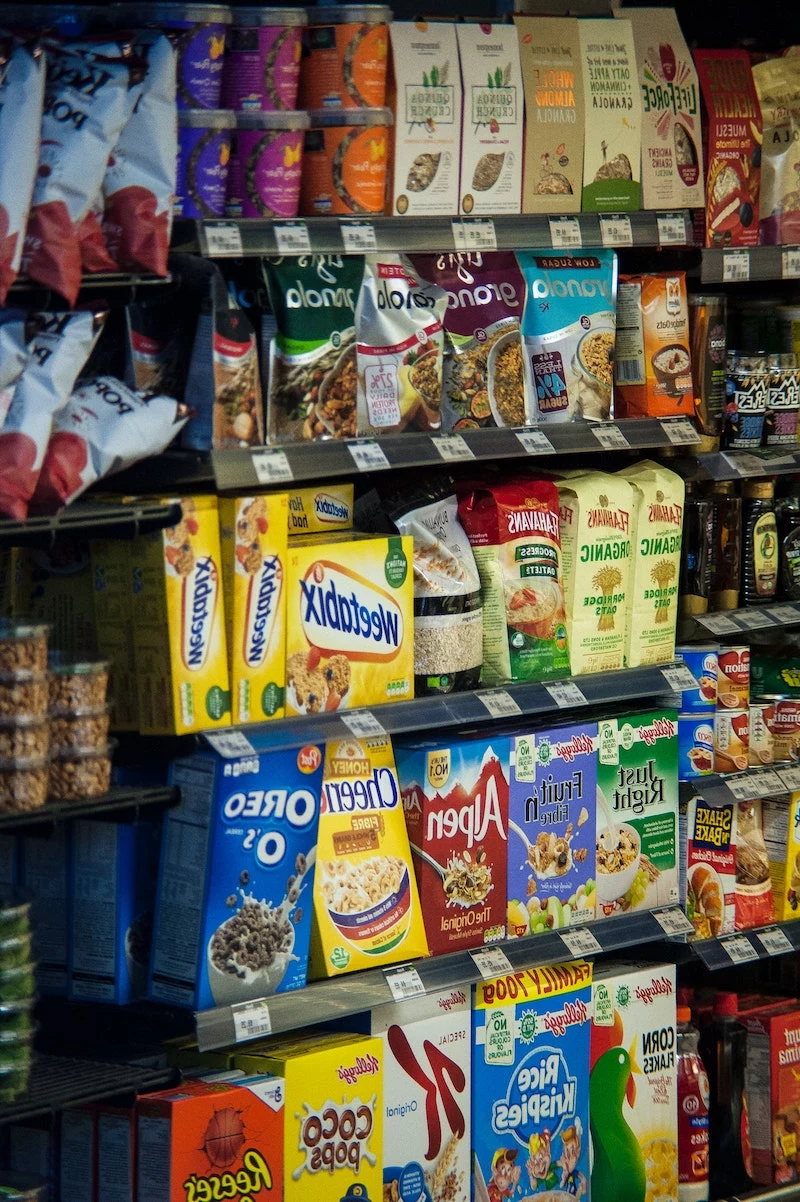
Think about it like this: a bag of chips might be cheap, but it gives you almost nothing in return—low nutrient density. But a bag of lentils? It can cost about the same (around $2-3 a pound) but it’s absolutely loaded with protein, fiber, and iron. That’s high nutrient density. Once you start thinking this way, your entire grocery store strategy changes. You’re no longer just hunting for the lowest price tag; you’re looking for the best value for your body.
The Unsung Heroes: Your Flavor Toolkit and the Frozen Aisle
Okay, real talk. Healthy food is useless if it tastes like cardboard. Before we even talk about the main ingredients, you need a basic flavor kit. You can make almost anything delicious with just a few things. If you’re starting from scratch, grab these:
- Garlic Powder
- Onion Powder
- Smoked Paprika
- Cumin
- Salt & Black Pepper
- A decent bottle of olive oil (the big ones at Costco or Aldi are a great value, usually around $10-$15)
- Some kind of vinegar (apple cider or white wine vinegar works for almost everything)
Oh yeah, and don’t sleep on the frozen aisle! Frozen fruits and vegetables are a budget-pantry MVP. They are picked and frozen at peak ripeness, so they often have just as many, if not more, nutrients than their fresh counterparts. A bag of frozen broccoli or spinach is perfect for throwing into soups, stir-fries, and smoothies. And the best part? No food waste. You just use what you need.
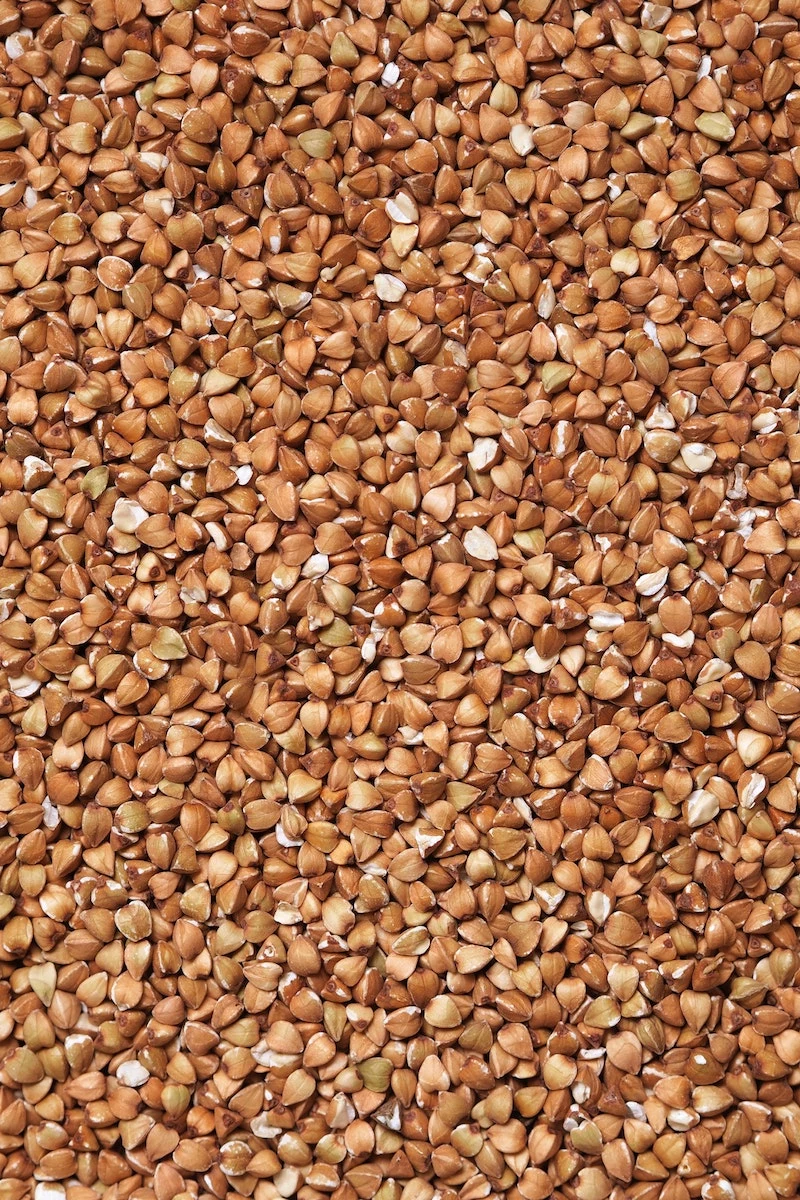
The Foundational Five: Your Pantry Power Players
These are the core groups to build your meals around. Master these, and you’ll have a solid base for endless, affordable meals.
1. Legumes (Beans, Lentils, Chickpeas): The Protein Powerhouse
If I could only recommend one food group for eating well on a budget, this would be it. Legumes are your ticket to filling, satisfying meals for literally pennies a serving. They’re packed with plant-based protein, fiber, and important minerals like iron.
A lot of people stick to canned beans, and that’s totally fine for convenience. But if you really want to save money, dried beans are the way to go. A one-pound bag of dried black beans will cost you about $2 at a place like Walmart and gives you the equivalent of four or five cans. We’re talking about $0.15 a serving for dried versus $0.50 or more for canned. The difference adds up fast!
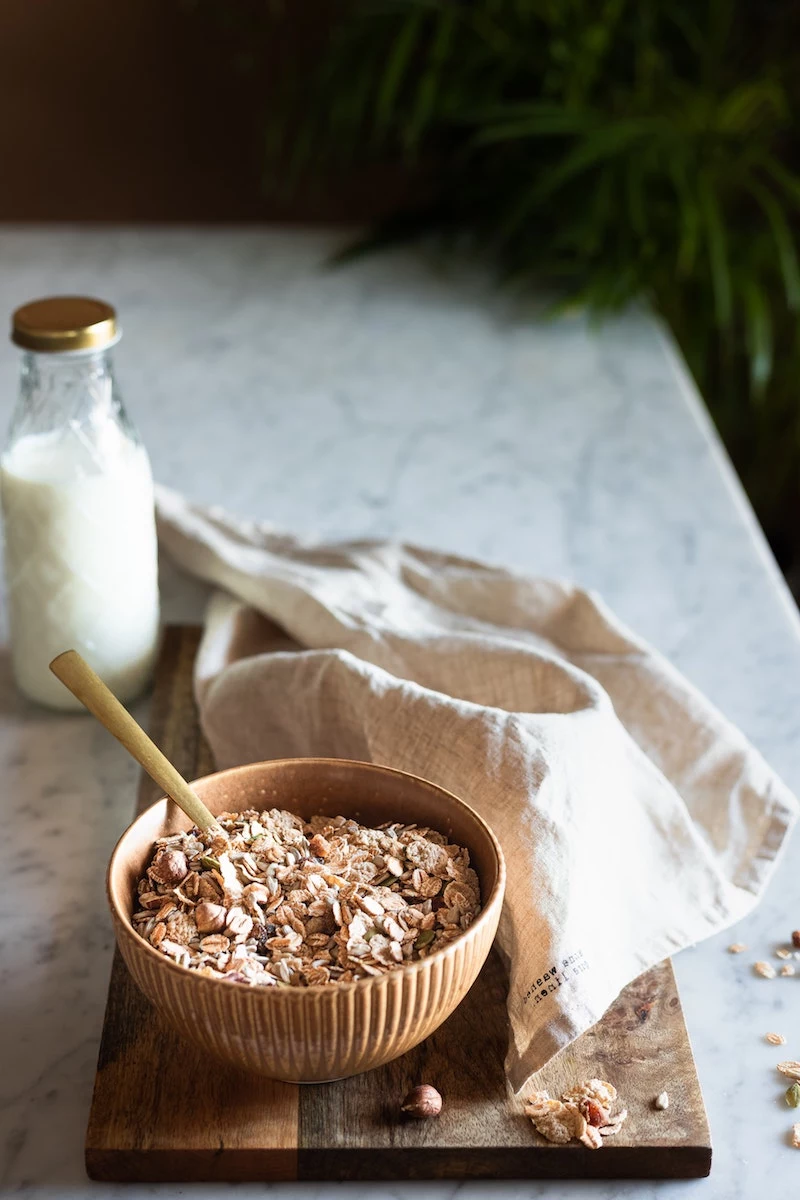
Heads up on canned beans, though: always look for “low sodium” or “no salt added” versions. If you can’t find them, just give the beans a good rinse in a colander—this can wash away up to 40% of the sodium. Some people also worry about cans lined with BPA; if that’s you, many brands now offer BPA-free options.
Quick tip for cooking dried beans: Don’t be intimidated! Just soak them in a bowl of water overnight. It rehydrates them and makes them easier to digest. Forgot to soak? No problem. Put them in a pot, cover with water, boil for 2-3 minutes, then turn off the heat and let them sit (covered) for an hour. Done. An old chef’s trick is to toss in a small strip of kombu (a dried seaweed you can find in most supermarkets) while they cook. It contains enzymes that help break down the gas-producing compounds. Just pull it out before you serve.
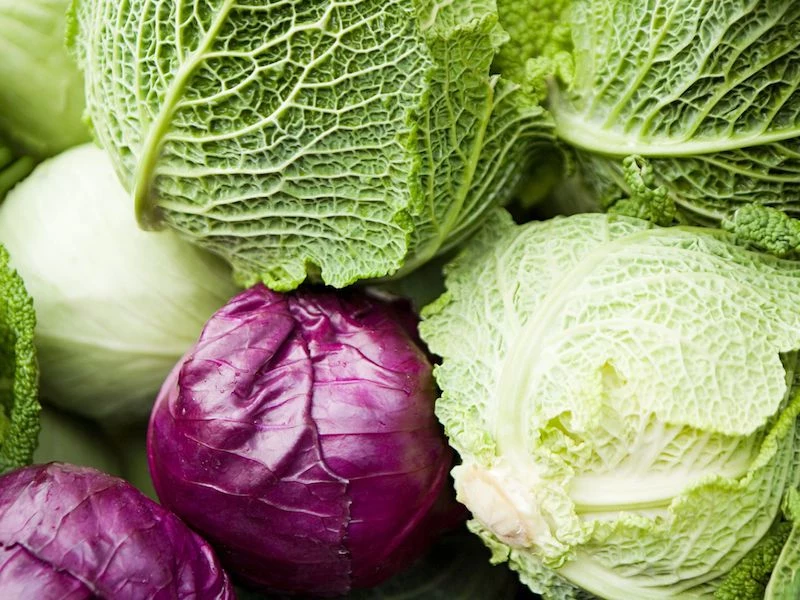
2. Whole Grains (Oats, Brown Rice, Buckwheat): The Energy Foundation
Carbs are not the bad guy; they’re your body’s main fuel source. The trick is to choose whole grains, which are full of fiber that gives you slow, steady energy. Refined grains (like white rice) have been stripped of that fiber, leading to those annoying energy spikes and crashes.
My favorite little trick? Toast your grains! Before you add water, toss your dry brown rice or buckwheat into a hot, dry pot for a couple of minutes, stirring constantly. When you smell a nutty aroma, you’re good to go. It adds a huge amount of flavor.
Let’s talk about oats for a second. Please, step away from the sugary instant packets. Go for steel-cut or rolled oats. Steel-cut oats are chewier and take about 20-30 minutes to cook, providing amazing, long-lasting energy. Rolled oats are quicker, cooking in 5-10 minutes, and are a fantastic middle ground. Both are way cheaper and healthier than the instant stuff.
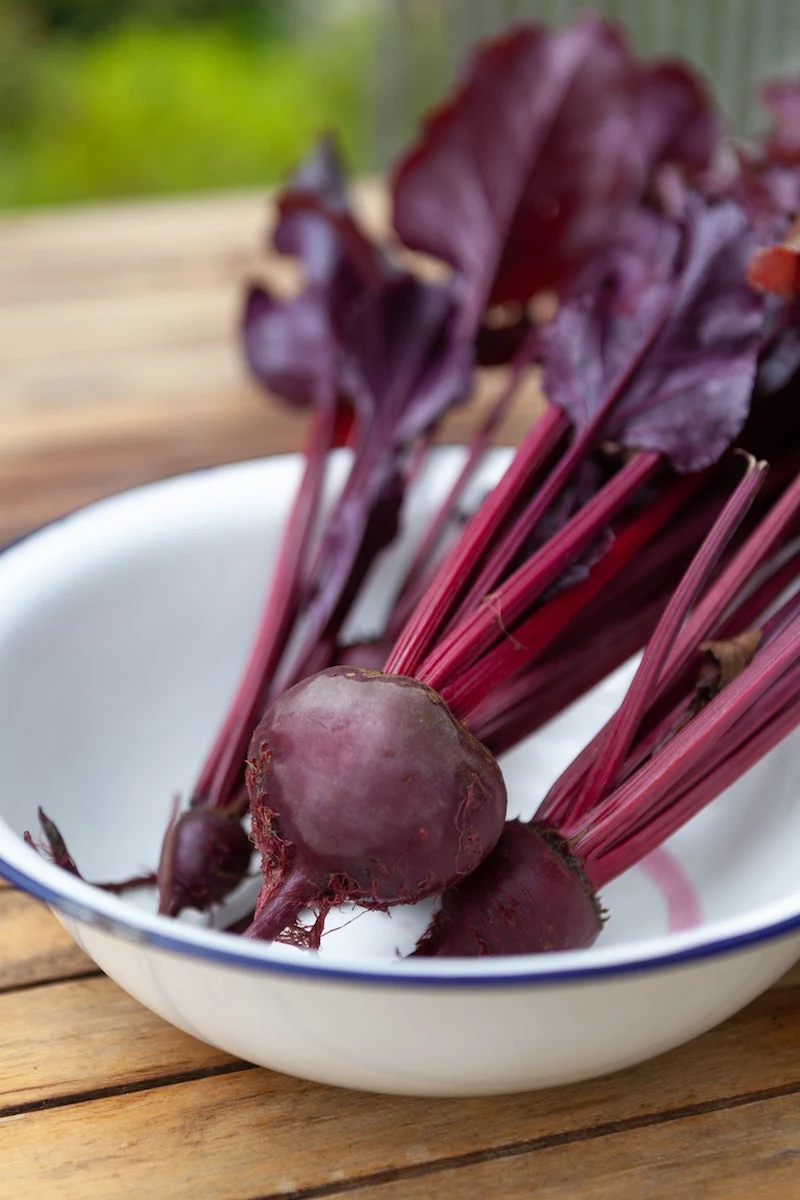
By the way, if you’ve ever heard about something called phytic acid in grains blocking mineral absorption, don’t panic. For most people, it’s not a big deal. But if you want to be extra sure you’re getting all the good stuff, just soak your rice or oats in water for a few hours before cooking. It’s a traditional method that helps sort it out.
3. Root Vegetables (Carrots, Potatoes, Onions, Beets): Underground Gold
Root veggies are a budget shopper’s best friend. A 5-pound bag of potatoes or carrots often costs less than $5 and can last for weeks. They’re packed with complex carbs, fiber, and vitamins. The secret to making them taste incredible is high heat. Roasting brings out their natural sweetness.
Here’s how to do it perfectly: Chop your veggies into uniform 1-inch chunks, toss with a little oil and salt, and spread them on a baking sheet in a single layer. (Don’t overcrowd the pan, or they’ll steam instead of roast!). Pop them in a 400°F (200°C) oven for 30-45 minutes until they’re tender and browned. It’s that simple.

A quick safety note: If you see green spots on your potatoes, just cut them off. The green part contains a compound called solanine that can cause an upset stomach if you eat a lot of it. It’s just an old-school, practical tip.
4. Cruciferous Veggies (Cabbage, Broccoli, Kale): The Protective Powerhouses
Cabbage is the most underrated vegetable in the entire store. A giant head can cost less than a single bell pepper and be used in a ton of meals. Cabbage, broccoli, and kale are all part of a vegetable family famous for its health-protective compounds.
The number one mistake people make is overcooking them, which creates that unpleasant sulfur smell. The key is to cook them quickly! A quick 3-5 minute steam or stir-fry for broccoli is perfect. For raw kale, the secret is to give it a massage. Seriously. Remove the tough stems, chop the leaves, add a tiny bit of oil and salt, and literally massage it with your hands for a couple of minutes. It makes the kale tender and delicious.

Lesser-known trick: Make your own sauerkraut! It sounds complicated, but it’s just two ingredients and it’s amazing for your gut health. Here’s how: Finely shred 1 head of cabbage and weigh it. Add 2% of that weight in salt (so, if you have 1,000 grams of cabbage, you need 20 grams of salt). Massage the salt into the cabbage until it creates its own liquid brine. Pack it all tightly into a jar, make sure the cabbage is submerged in the brine, and let it sit on your counter for a week or two. That’s it!
5. Eggs: The Complete Package
Eggs are a nutritional powerhouse and they are incredibly affordable. They’re a complete protein, meaning they have all the essential amino acids your body needs. The egg aisle is confusing, with terms like “cage-free” and “pasture-raised.” While pasture-raised eggs might have a slight nutritional edge, here’s the honest truth: if your budget is tight, the standard conventional eggs are still one of the most nutritious foods you can buy. Don’t feel guilty about it.

And yes, we can finally put the cholesterol myth to rest. For most people, the cholesterol you eat has very little effect on the cholesterol in your blood. (Of course, if you have a specific health condition, you should always follow your doctor’s advice.)
An easy win: Hard-boil half a dozen eggs at the start of the week. They’re the perfect grab-and-go protein snack and cost about 30 cents each.
The First-Timer’s $50 Shopping List
To make this all feel real, here’s what a foundational shopping trip could look like. Prices will vary, but this is a realistic starting point at a budget-friendly store like Aldi or a big supermarket.
- 1 lb dried black beans (~$2)
- 2 lbs brown rice (~$3)
- 5 lb bag of potatoes (~$4)
- 1 head of cabbage (~$3)
- 1 head of garlic (~$1)
- 2 lb bag of yellow onions (~$3)
- 1 dozen eggs (~$3-4)
- 32 oz container of rolled oats (~$4)
- 1 bag frozen broccoli florets (~$3)
- 1 bag frozen spinach (~$2)
- 1 bottle of olive oil (~$8, a long-term investment!)
- 1 bottle of apple cider vinegar (~$3)
- Spices (if you need them): Cumin, Paprika, Garlic Powder (~$6 total)
You can get all of that for around $50, and it’s the base for dozens of meals.
Putting It All Together: The Magic of Component Cooking
Okay, you’ve got the food. Now what? The secret to actually eating it is a method I call “component cooking.” Instead of making full meals for the week, you just prep the parts. Spend about two hours on a Sunday, and your weekdays will be transformed.
Here’s a typical prep session:
- Cook a big batch of grains (like that brown rice).
- Cook a big batch of legumes (like those black beans).
- Roast a huge pan of veggies (potatoes, onions, maybe some fresh carrots).
- Wash and chop some greens (like that cabbage for slaw).
- Make a simple dressing (olive oil, vinegar, salt, pepper).
Good to know: Your prepped stuff will be your best friend for days! In airtight containers in the fridge, cooked grains and beans are good for 4-5 days. Roasted veggies last 3-4 days. And that simple vinaigrette will keep for a couple of weeks.
From Components to Meals: No More Boring Leftovers!
This is where the magic happens. You’re not eating the same meal every day. You’re just assembling.
- The 5-Minute Grain Bowl: A scoop of rice, a scoop of beans, a handful of roasted veggies, and a drizzle of dressing. Done.
- Quick & Dirty Tacos: Mash some beans with cumin and paprika. Serve in a tortilla with shredded cabbage and maybe a fried egg on top.
- Hearty Frittata: Whisk some eggs and pour over leftover roasted veggies in an oven-safe skillet. Bake until set.
- Super-Fast Soup: Throw some roasted veggies and beans in a pot with broth (and that frozen spinach!). Heat and eat.
Common Pitfall & My Fix: What if your food tastes bland? The secret weapon isn’t more salt—it’s acid. A squeeze of lemon or lime juice, or a tiny splash of vinegar right at the end of cooking, wakes everything up. It’s the single best trick for making cheap food taste amazing.
Final Thoughts: It’s About Skill, Not Spending
Eating well on a budget isn’t about what you give up; it’s about the skills you gain. It’s learning how to spot value, how to store food to prevent waste, and how to use simple techniques to create incredible flavor.
So, start small. This week, just try roasting a pan of vegetables or cooking a perfect pot of lentils. As you build these skills, you’ll gain confidence. You’ll watch your grocery bills shrink and your energy levels rise. And that, right there, is the true foundation of a healthy life—and it’s something everyone can have.
Disclaimer: Just a friendly reminder that this is general nutritional info based on my professional experience. It’s not a substitute for personal medical advice. Always chat with a qualified healthcare provider, like a registered dietitian or your doctor, for guidance that’s tailored specifically to you.
Inspirational Gallery
Dry Beans: The undisputed king of budget protein. A one-pound bag of Goya black beans costs a couple of dollars and yields about 6 cups cooked. The downside? They require planning—an overnight soak or a quick-soak on the stove.
Canned Beans: The champion of convenience. Ready in seconds for a quick weeknight chili or salad. They cost more per serving and can be high in sodium, so look for low-sodium versions or give them a good rinse before using.
For maximum savings, a little planning with dry beans goes a long way. For busy nights, having a few cans on hand is a lifesaver.
The freezer is a time capsule for fresh food. It stops the clock on nutrient degradation.
This is why the frozen aisle is your secret weapon against food waste, which is a huge budget killer. That bag of frozen spinach, often cheaper than fresh, won’t wilt sadly in your crisper drawer. You can grab a handful for a smoothie or scramble, then seal the bag and toss it back in. It’s peak nutrition, locked in and waiting for you, saving both your wallet and the planet.
What’s that flaky yellow stuff health food people are always talking about?
That’s nutritional yeast, or
- Deeper, sweeter, more complex flavors.
- A satisfyingly crispy-on-the-outside, tender-on-the-inside texture.
- An entire meal with almost zero active cooking time.
The secret? High-heat roasting. Toss budget-friendly vegetables like carrots, onions, broccoli, and potatoes with a little olive oil and salt, spread them on a baking sheet, and roast at 400°F (200°C) until caramelized and tender. It transforms the humblest ingredients into something spectacular.
Often overlooked in the “pantry” discussion, eggs are one of the most complete and affordable proteins available. A dozen eggs can provide the foundation for multiple meals throughout the week, from a quick breakfast scramble to a hearty frittata packed with frozen vegetables or a simple fried egg to top a bowl of rice and beans. They are the ultimate fast food.
Don’t just look at the price tag—look at the unit price. That small label on the shelf edge tells you the cost per ounce, pound, or liter. This is how you truly compare value. A giant tub of yogurt from a brand like Chobani might seem expensive, but its price per ounce is often far lower than the individual cups. The same goes for oats, rice, and oils. Mastering the unit price is like having a superpower in the grocery store.
Think beyond basic porridge. The humble rolled oat is a kitchen powerhouse you can get in huge, cheap canisters from brands like Quaker or store brands from places like Aldi.
- Blend them into a fine powder to make your own oat flour for healthier pancakes and muffins.
- Use them as a binder in veggie burgers or meatballs instead of expensive breadcrumbs.
- Toast them with a drizzle of maple syrup and a few nuts for a granola that beats any store-bought version.
Don’t fear the potato! Far from being










